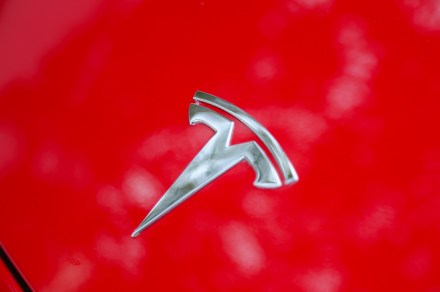

With competition increasing from Chinese and other automakers, Tesla boss Elon Musk revealed on Tuesday that his company is planning to begin production of new, more affordable models in “early 2025, if not late this year.” Notably, that’s earlier than the previously stated date of late 2025, though whether Musk actually succeeds in meeting the earlier production timeframe is another question entirely.
The news came as Tesla released its latest quarterly figures. Revenue for the electric vehicle maker came in at $21.3 billion, down from the $23.3 billion it reported for the same three-month period a year earlier and also down from the $25.2 billion reported in the previous quarter. Profit reached $1.1 billion, marking a 55% fall on the same period a year ago.
The automaker also previewed the ridesharing feature for its app that it wants to use for its robotaxi service. Musk said earlier this month that Tesla will unveil its first robotaxi vehicle in August, though before it can start accepting paying passengers, regulators will have to be persuaded that the vehicle’s autonomous systems are safe for public roads.
Tesla
The company shared five screenshots (above) of the robotaxi feature, which, as you’d expect, has many of the features that you find with regular ridesharing apps, including a map showing your vehicle making its way to the pickup spot. Other information like the wait time is shown, too, and the rider can also do things like adjust the vehicle’s interior temperature to the desired setting before the vehicle shows up.
Tesla’s latest figures come just days after the automaker recalled its newest EV, the Cybertruck, over a safety issue with its accelerator pedal. In a challenging period for the automaker, it also announced last week that it was laying off 10% of its staff globally, equal to about 14,000 jobs.
And in a bid to attract more customers and better take on Chinese auto giants like BYD that are making inroads in the EV market, Tesla recently slashed the prices of its vehicles globally, and also reduced the cost of its Full Self-Driving feature for customers in the U.S.
Editors’ Recommendations






